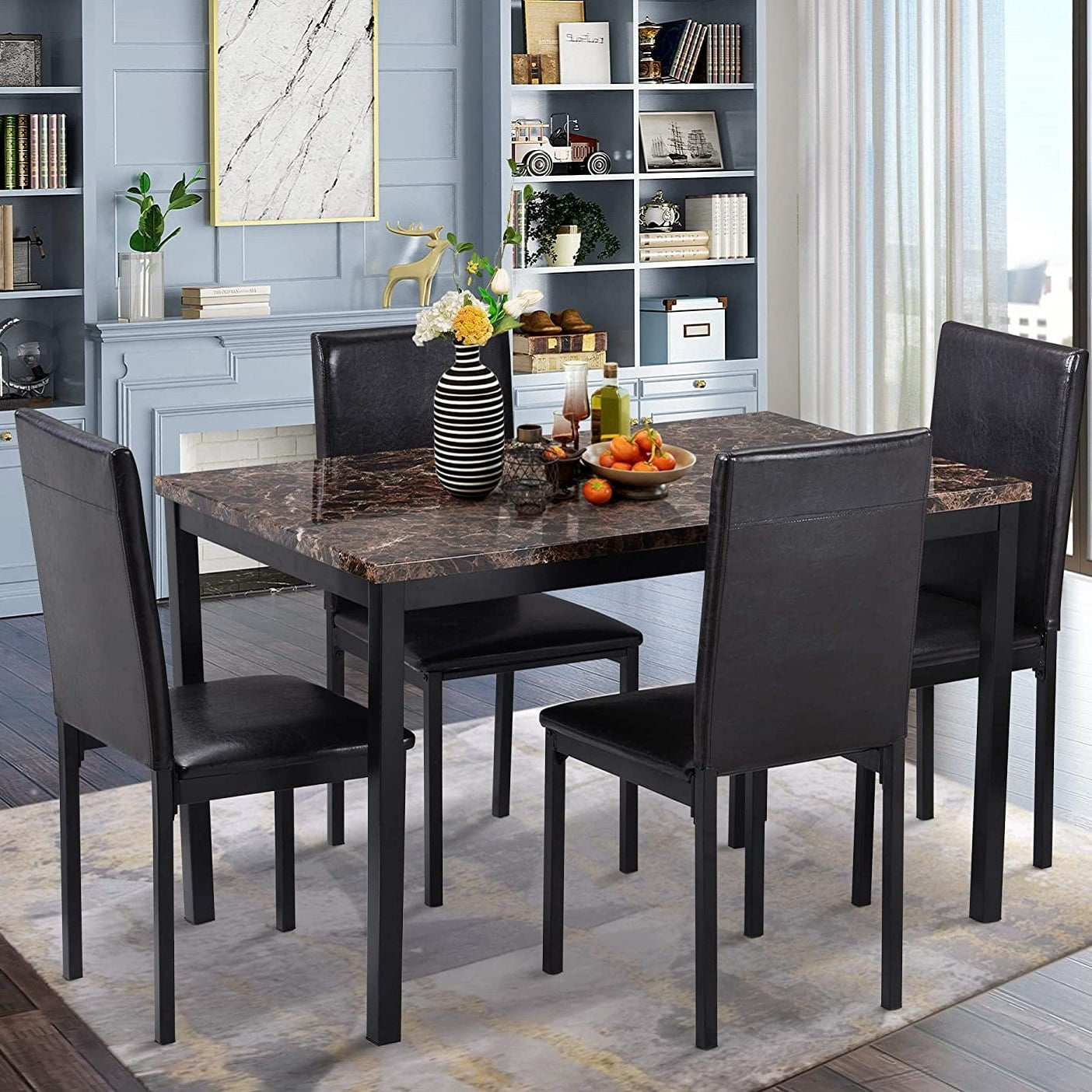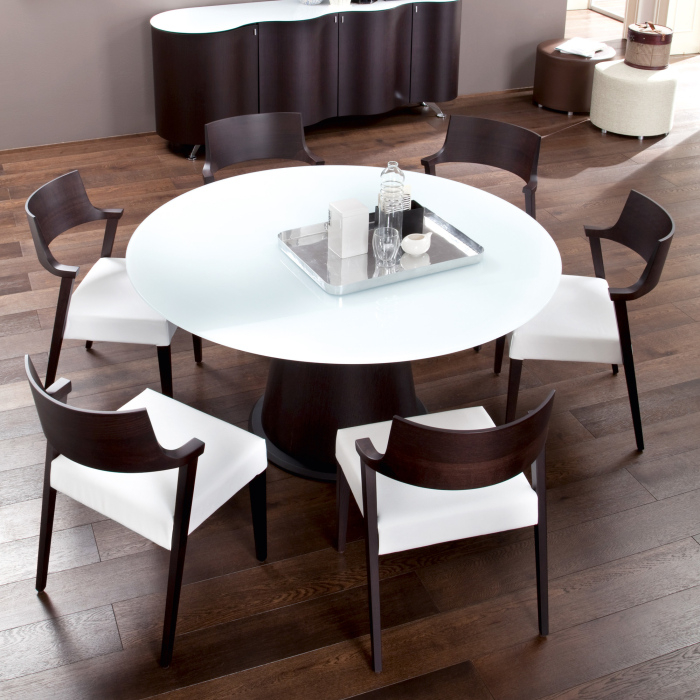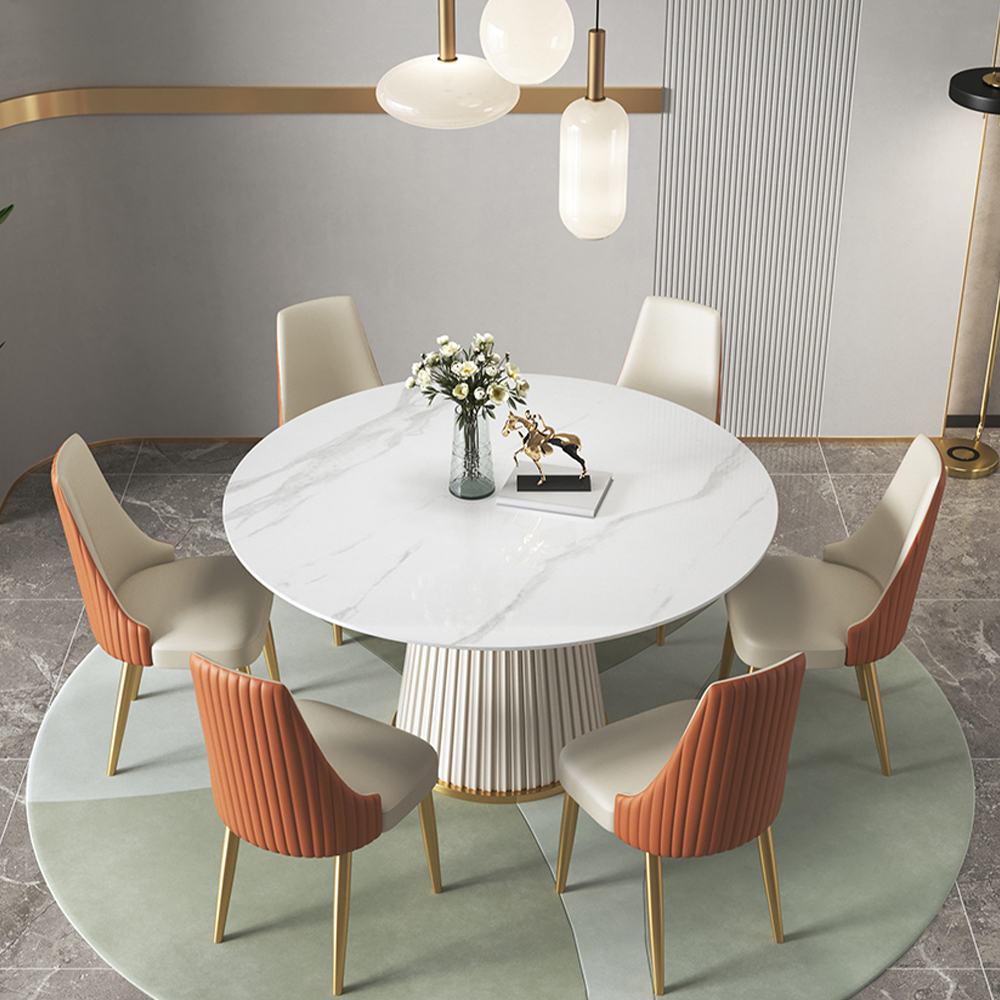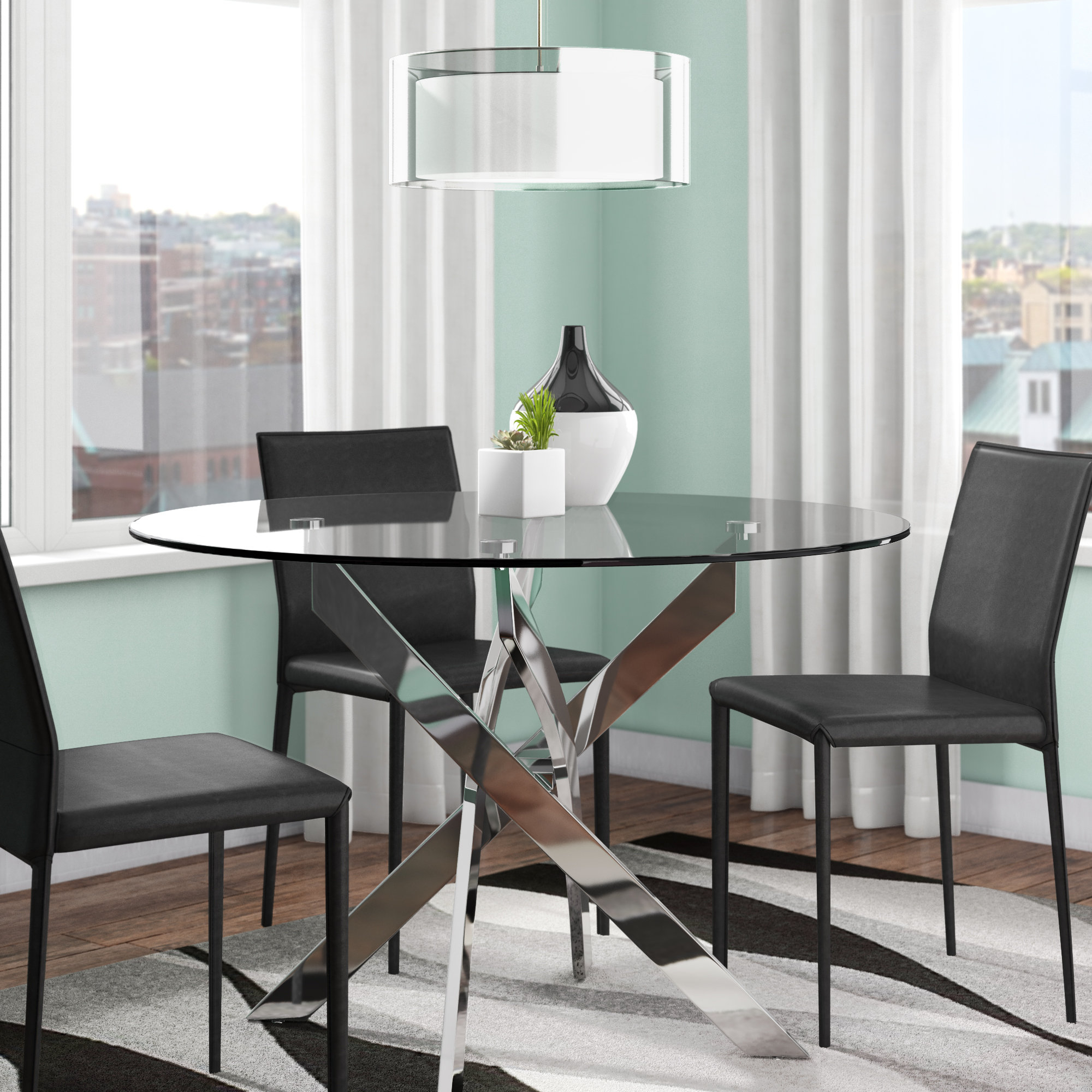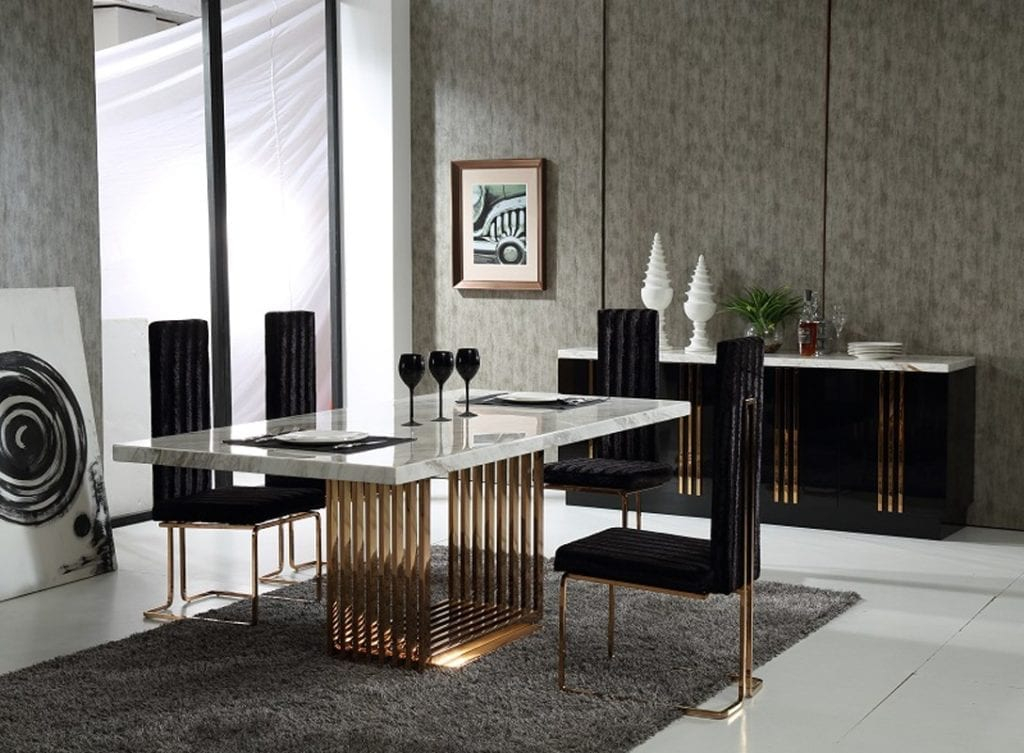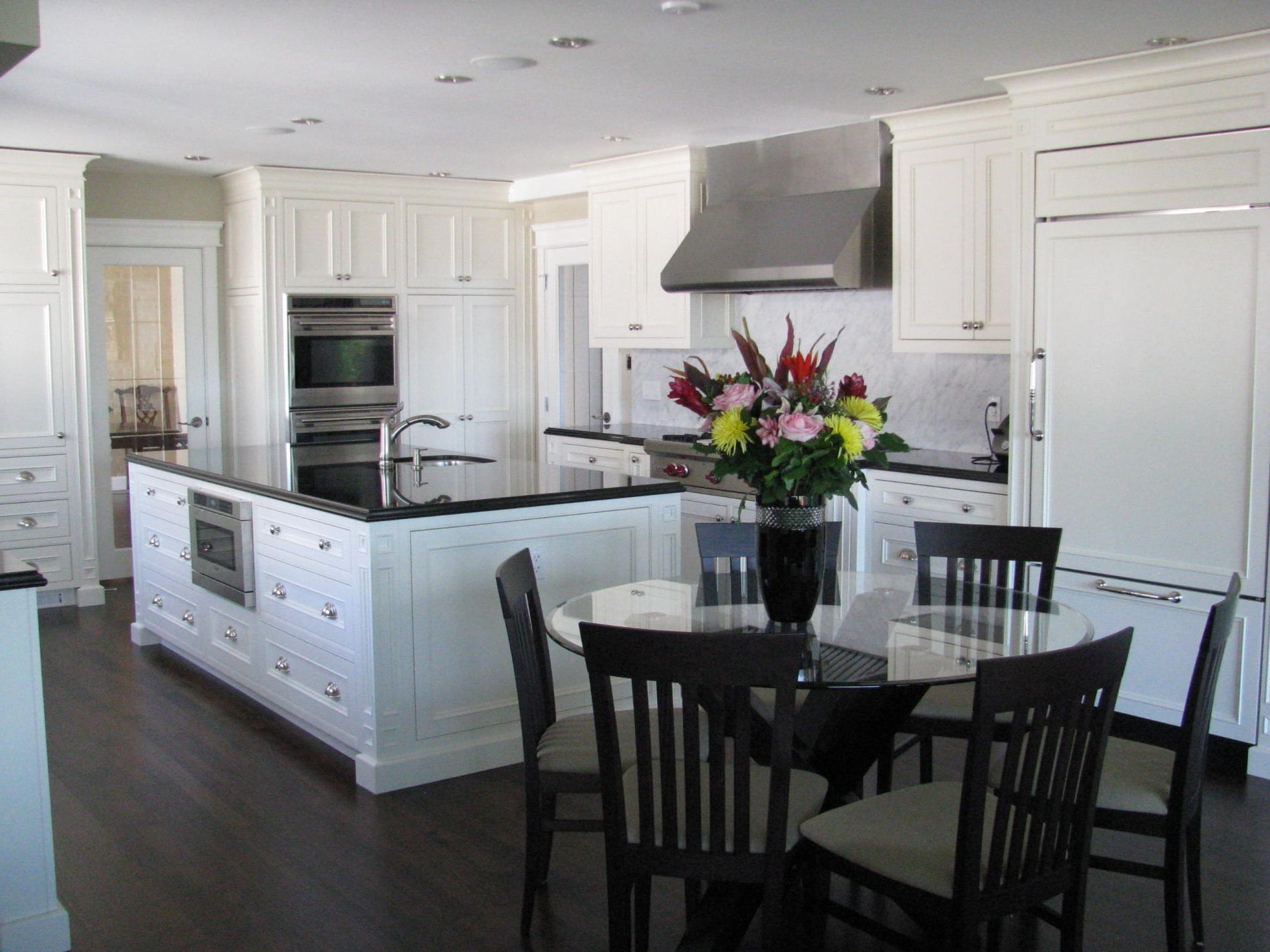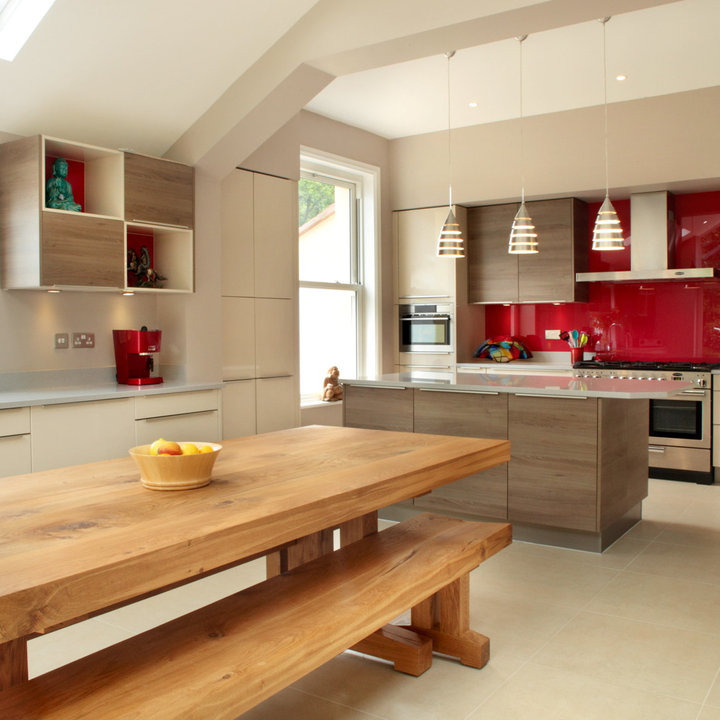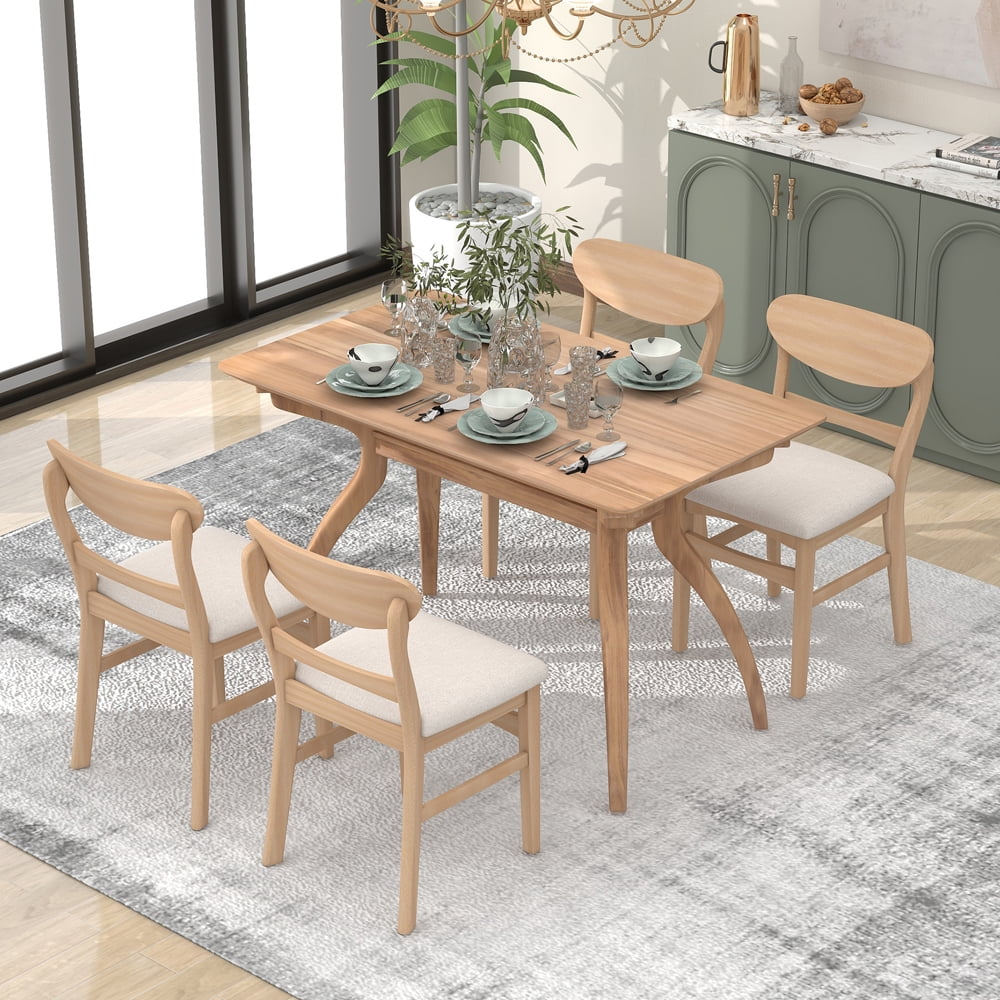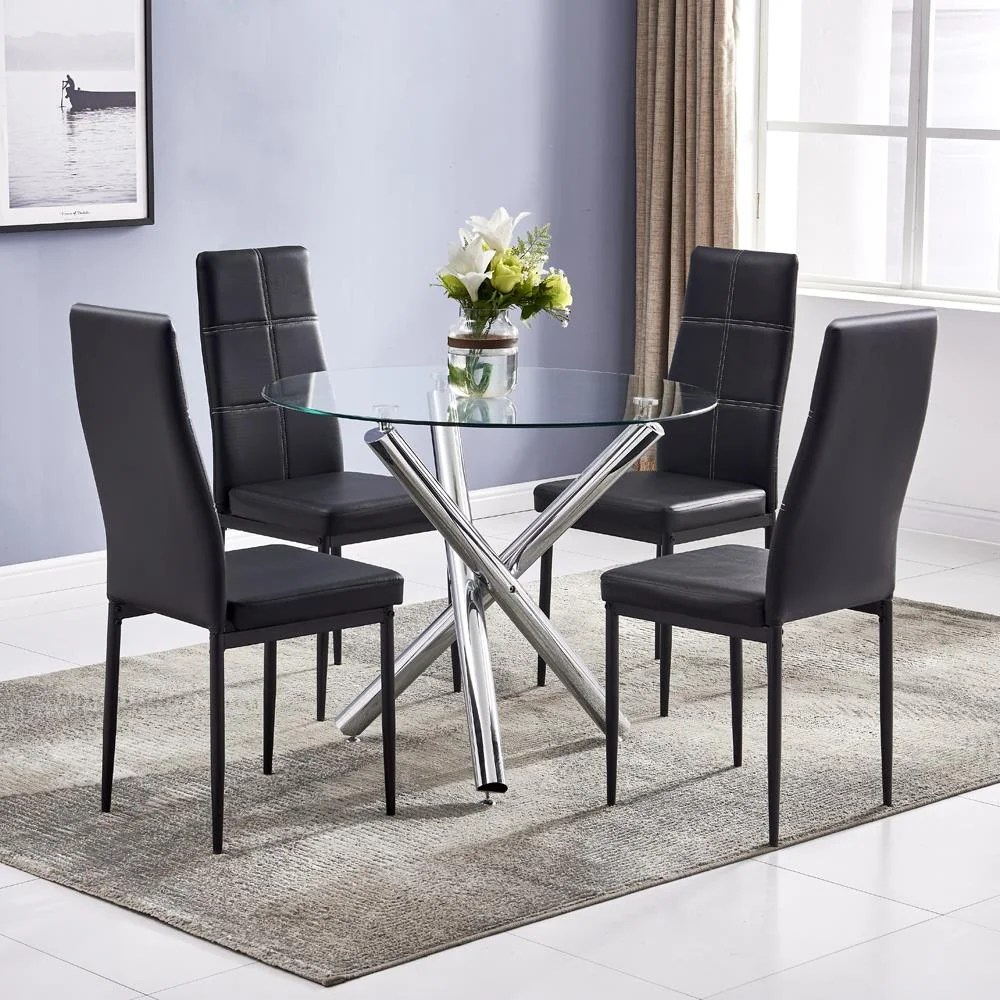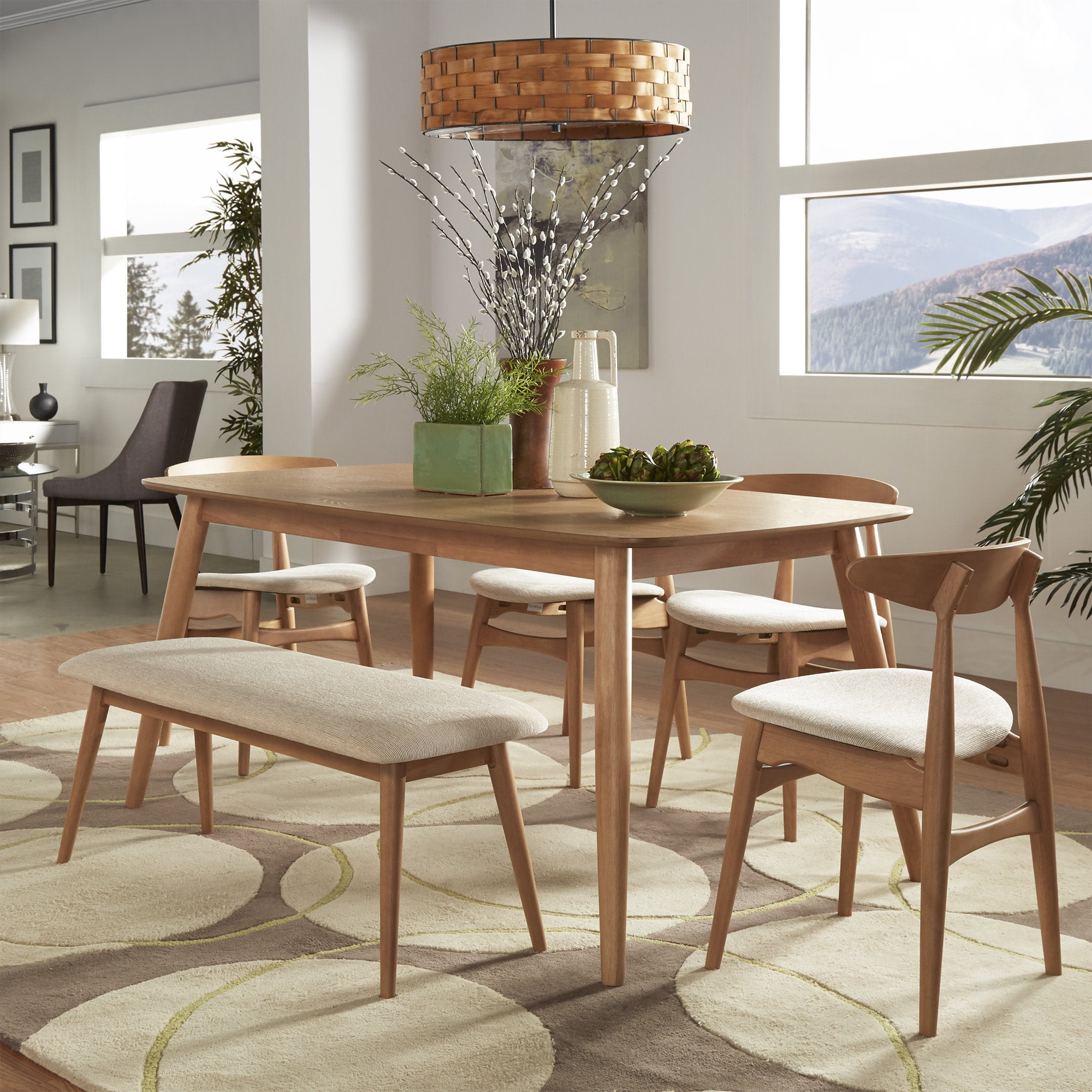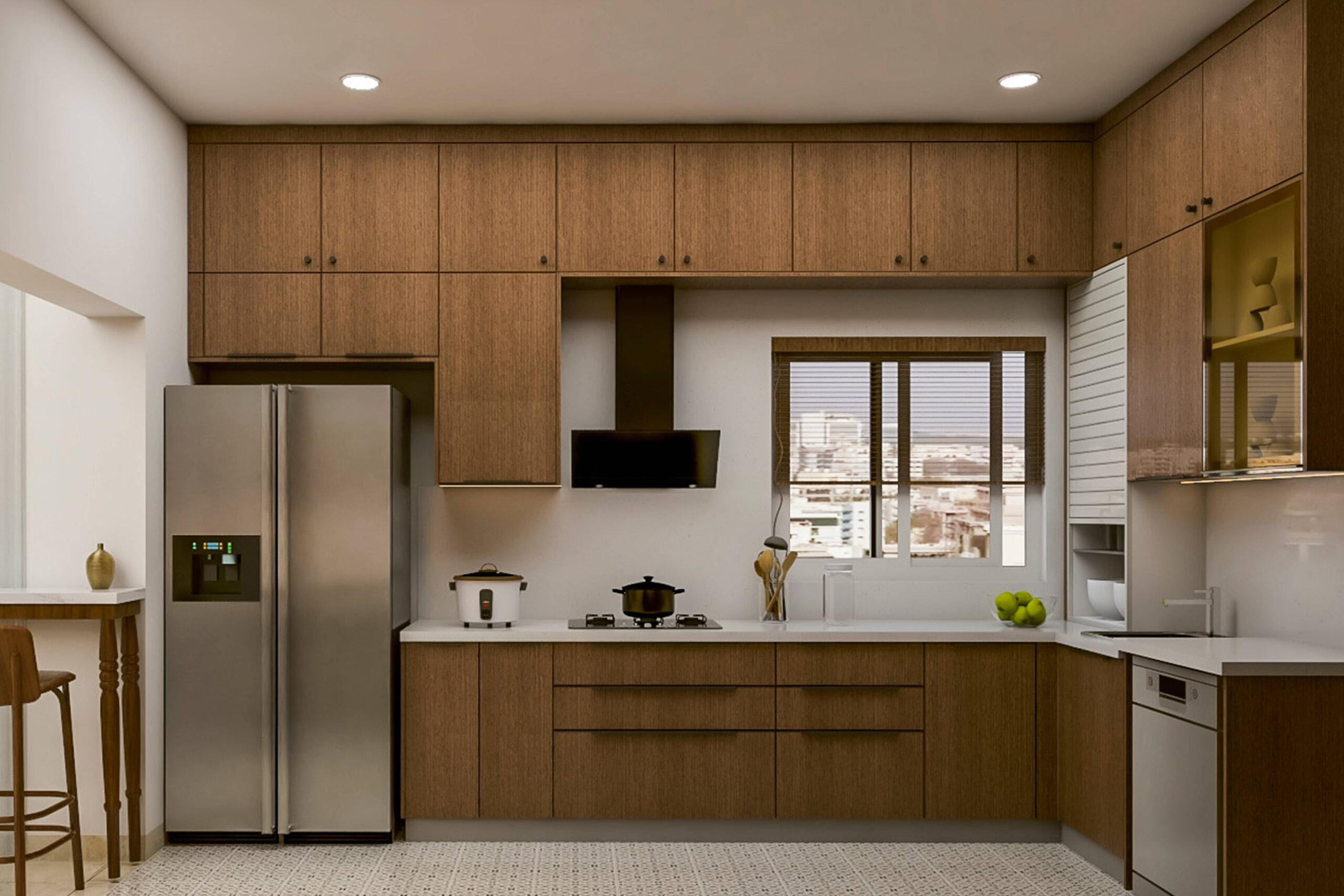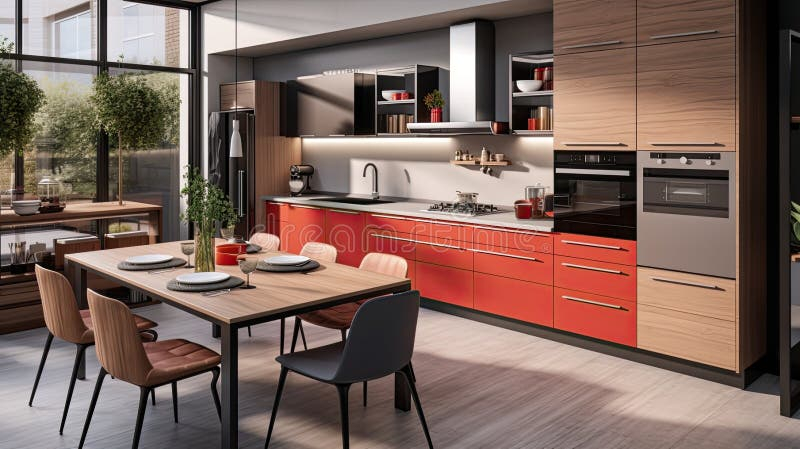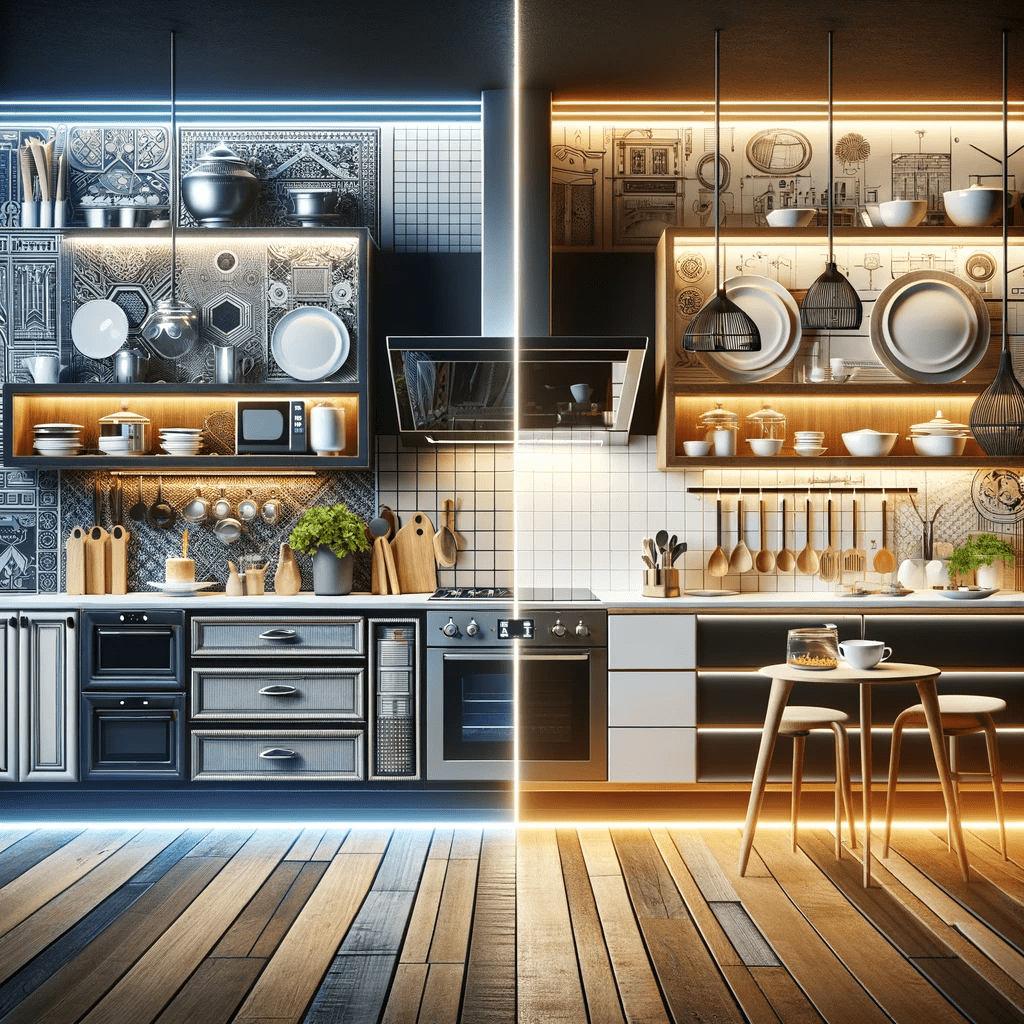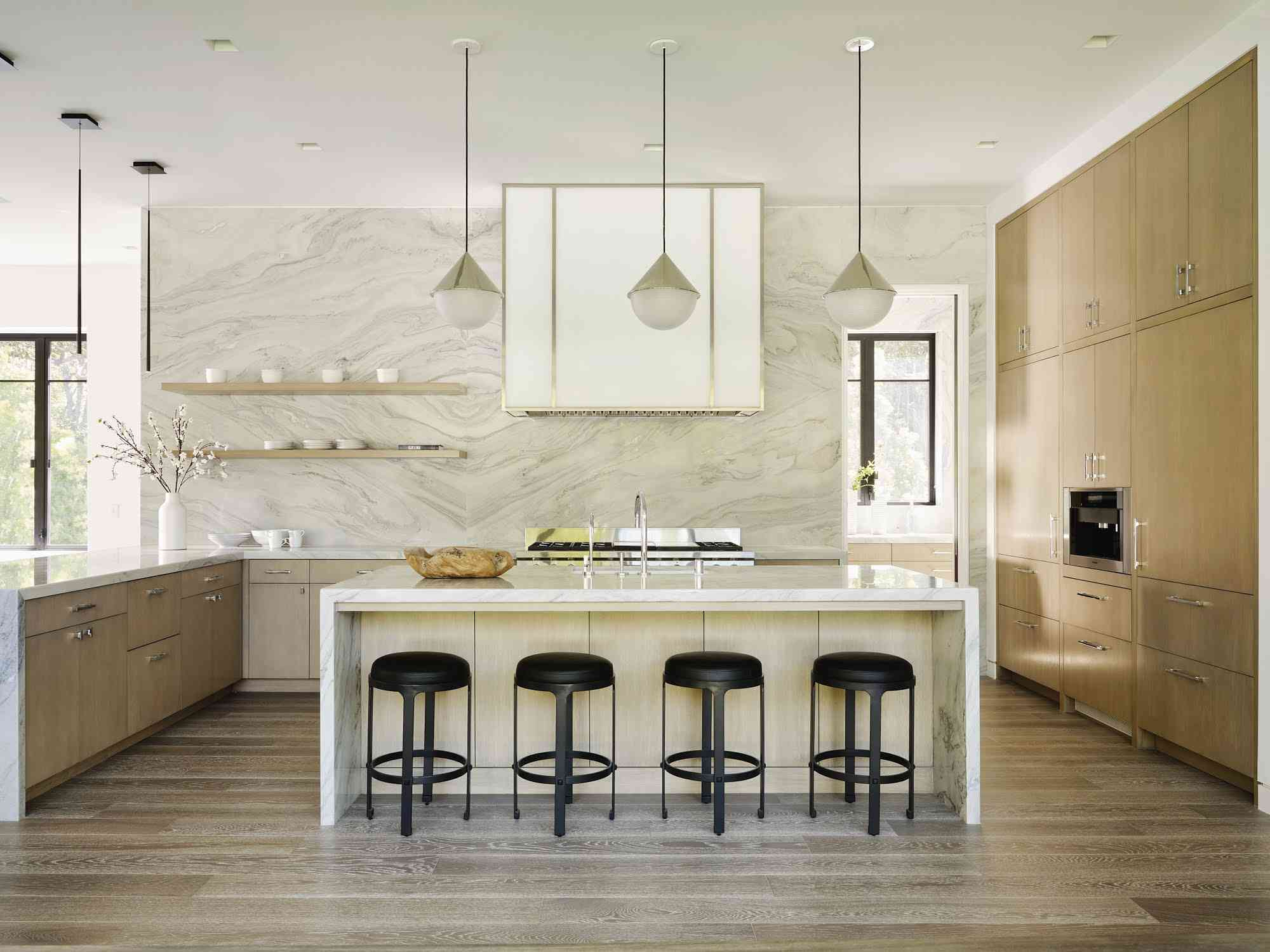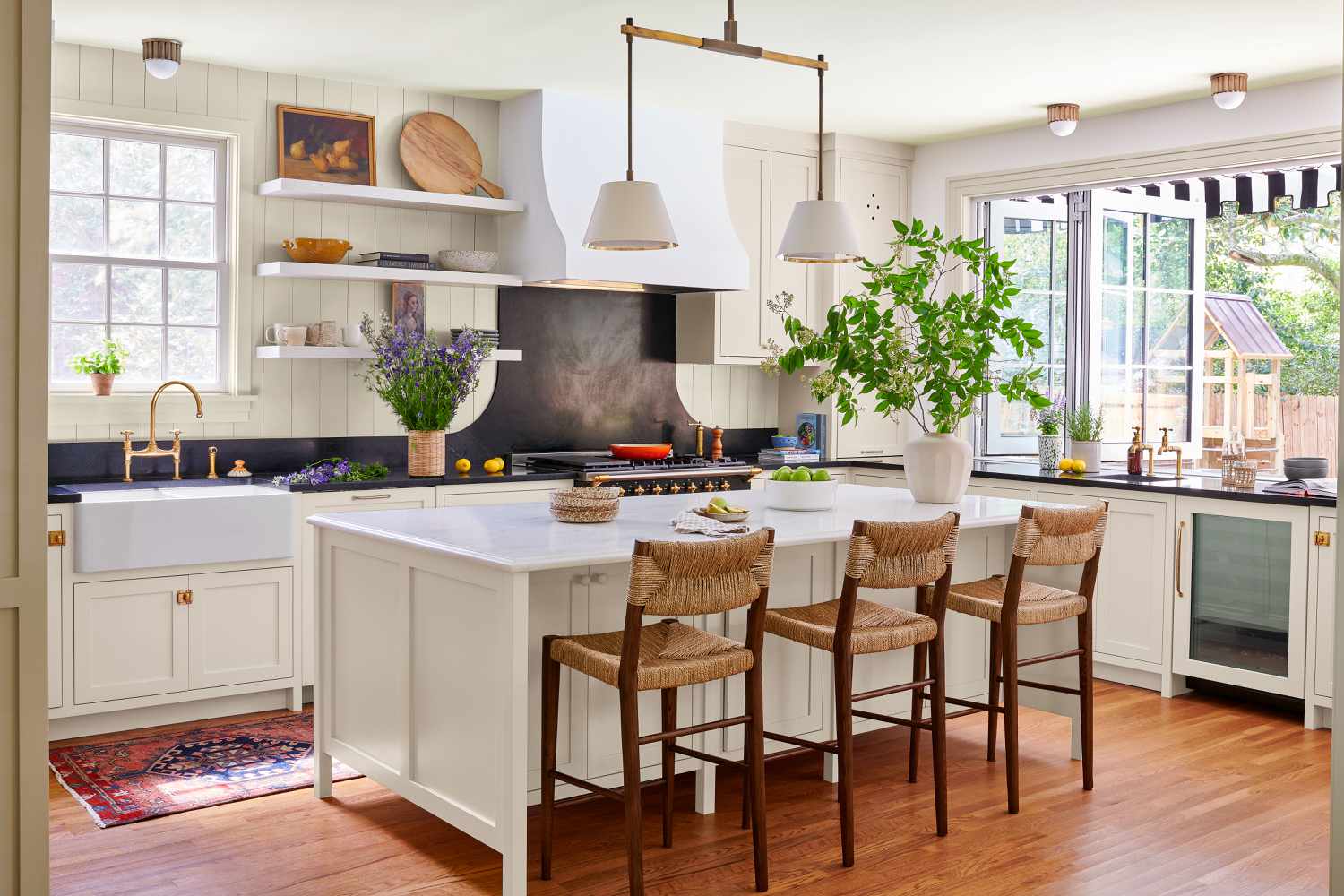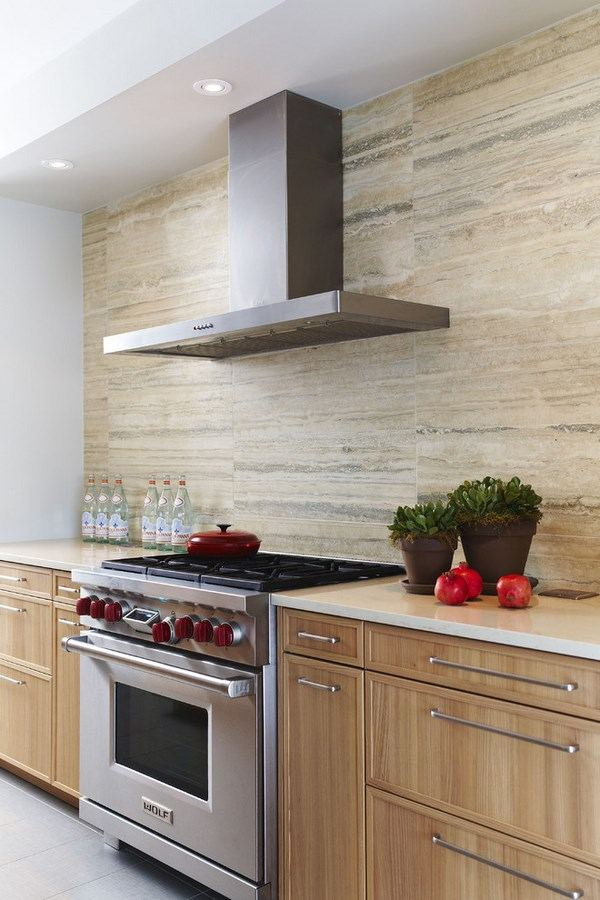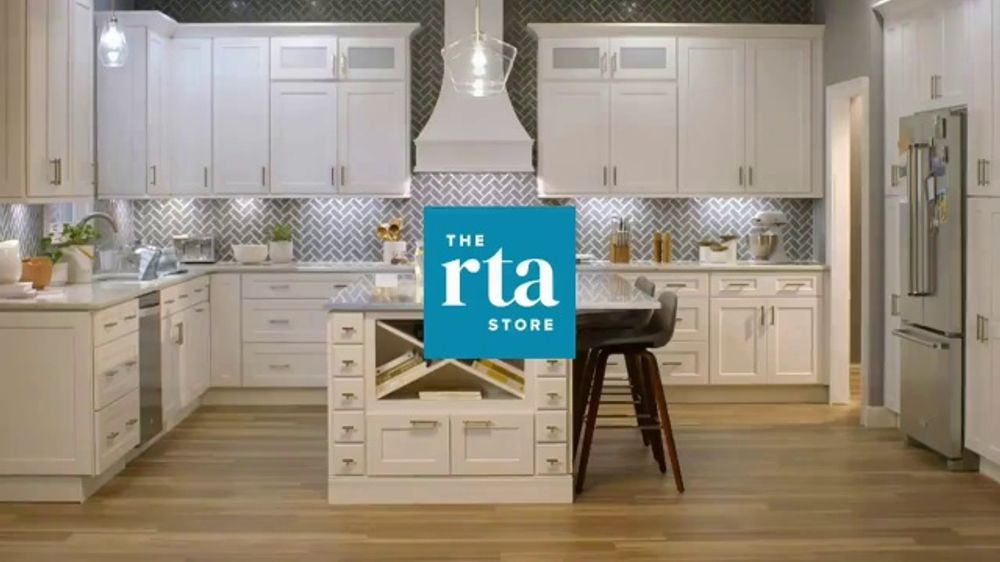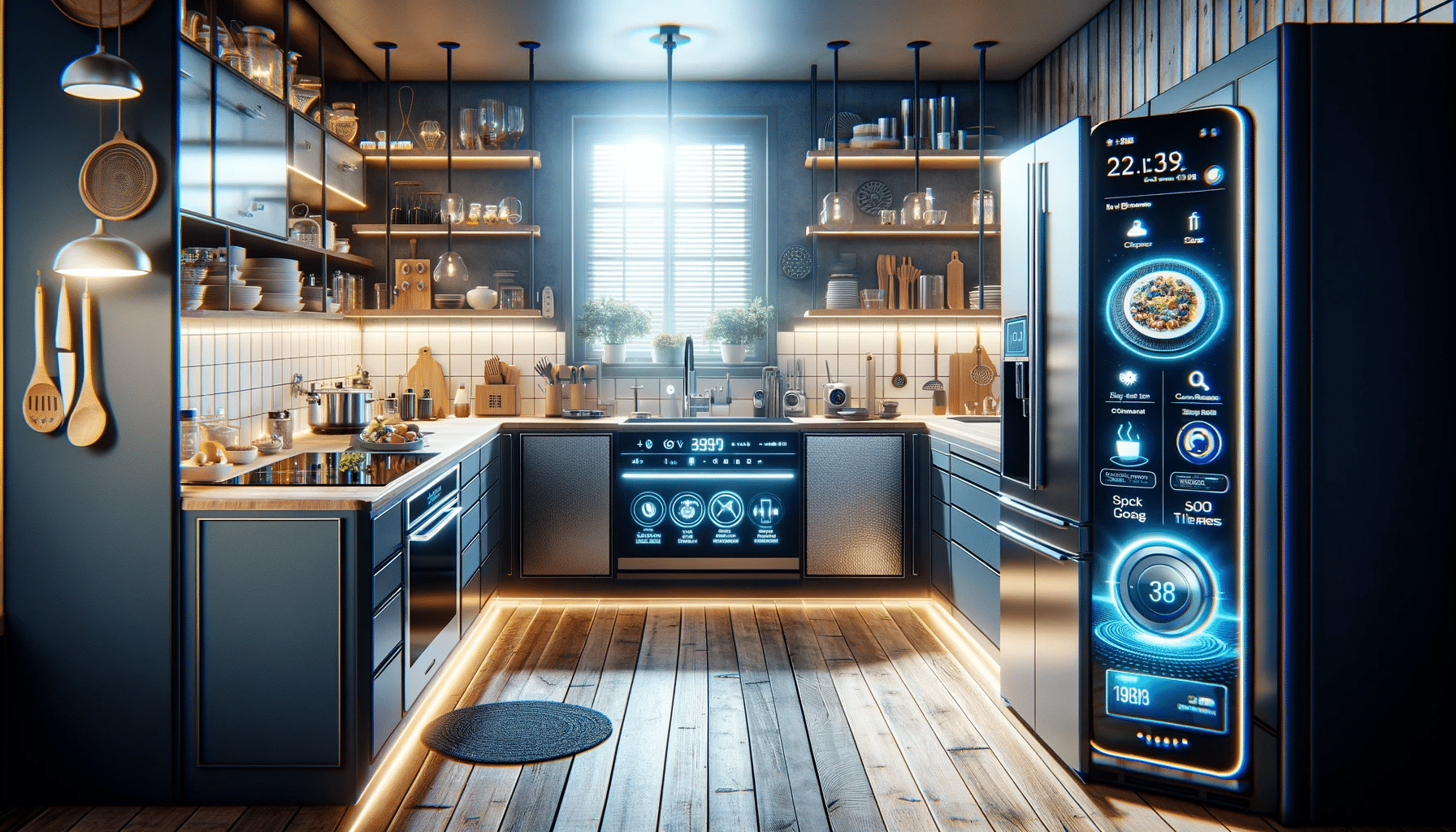The kitchen table. It’s more than just a surface; it’s where morning coffees are savored, homework battles are fought, and family stories unfold. When we think about modern kitchen tables, our minds often jump straight to sleek designs and chic finishes. But what if I told you there’s a whole lot more to consider than just aesthetics? Picking the right table can truly transform your kitchen experience, making it a more enjoyable and practical space. Let’s dive into what really matters when you’re on the hunt for that perfect centerpiece.
We all want our kitchens to look good, right? A stylish table can certainly elevate the whole room. But a beautiful table that cracks after a year, or is too awkward to navigate around, isn’t doing anyone any favors. Think about it – this is likely the most used piece of furniture in your home. It needs to stand up to spills, sticky fingers, and maybe even the occasional dropped pan. So, before you get swept away by a table’s good looks, let’s explore the crucial elements that ensure it’s a lasting and functional addition to your life.
Material Matters: Durability Meets Design
The material of your kitchen table is a huge deal. Wood is a classic for a reason – it’s warm, inviting, and can be incredibly durable. Think about solid hardwoods like oak or maple; they’re tough and can be refinished if they get scratched. However, they can be pricier. Laminates and veneers offer a more budget-friendly option and can mimic the look of wood, but they might not be as resistant to deep scratches or heat. For a super modern and low-maintenance vibe, consider glass or stone tabletops. Glass is great for making a space feel bigger and brighter, but it shows fingerprints and can chip. Stone, like granite or quartz, is incredibly tough and heat-resistant, perfect for busy kitchens, though it’s also heavy and can be expensive. Metal tables, often paired with wood or glass, offer an industrial or contemporary feel and are generally very hard-wearing.
Size and Shape: Fitting Your Space and Lifestyle
This is where practicality really kicks in. How many people do you typically need to seat? Measure your kitchen space carefully, and remember to leave enough room to pull chairs out comfortably – usually about 3 feet of clearance around the table is ideal. Rectangular tables are common and work well in most spaces, especially longer rooms. Round tables are fantastic for encouraging conversation and can be easier to navigate around, making them a good choice for smaller or square-shaped kitchens. Square tables can also foster intimacy but might feel a bit cramped if you need to seat more than four. Extendable tables are lifesavers if you love to entertain or have a growing family. They offer flexibility, allowing you to adapt the table size as needed.
Stability and Construction: Built to Last
A wobbly table is not only annoying but can also be a safety hazard. Look closely at how the table is put together. Are the legs securely attached? Is the frame robust? Solid wood tables with well-constructed bases are usually the most stable. For tables with pedestal bases, ensure the base is wide and heavy enough to prevent tipping. Check for sturdy joinery – things like mortise and tenon joints are a sign of good craftsmanship. Don’t be afraid to give the table a gentle shake in the store. A well-built table will feel solid and secure, promising years of reliable use.
Maintenance and Cleaning: Keeping it Fresh
Let’s be honest, kitchens get messy. How much time and effort are you willing to put into cleaning your table? Some materials, like sealed wood or laminate, are relatively easy to wipe down. Others, like unsealed natural wood or certain types of stone, might require special cleaning products or sealing to prevent stains and damage. Glass tables look sleek but can show every smudge and spill, requiring frequent wiping. Consider your daily routine and choose a material that fits your tolerance for upkeep. A table that’s simple to clean will make your life so much easier.
Comfort and Ergonomics: Seating Matters Too
It’s easy to focus solely on the table itself, but the chairs are just as important. Are the chairs the right height for the table? You want enough legroom under the table – typically, there should be about 10-12 inches between the seat of the chair and the tabletop. The overall comfort of the seating will impact how long people want to linger at the table. Consider the style and material of the chairs too; they should complement the table and the rest of your kitchen décor. Don’t forget about armrests if that’s something you prefer, but make sure they won’t hit the underside of the table when pushed in.
Style and Cohesion: The Finishing Touch
While we’ve focused on the practical, style is still a key player. A modern kitchen table can range from minimalist and Scandinavian-inspired to industrial or even mid-century modern. Think about the overall aesthetic of your kitchen. Do you have clean lines and neutral colors, or are you going for something bolder? The table should feel like a natural extension of your design. Consider the finish – a matte finish might hide minor imperfections better than a high-gloss one. The legs and base also contribute significantly to the table’s modern appeal. Sleek metal legs, a simple pedestal, or even a trestle base can all offer distinct modern vibes.
So, there you have it. Choosing a modern kitchen table is a balancing act between form and function. By looking beyond just the surface and considering the material, size, stability, ease of maintenance, and how it all fits with your lifestyle and existing décor, you can find a table that’s not only beautiful but also a reliable and cherished part of your home for years to come. It’s an investment in your daily life, so take your time, do your homework, and select a table that truly serves as the heart of your kitchen.

